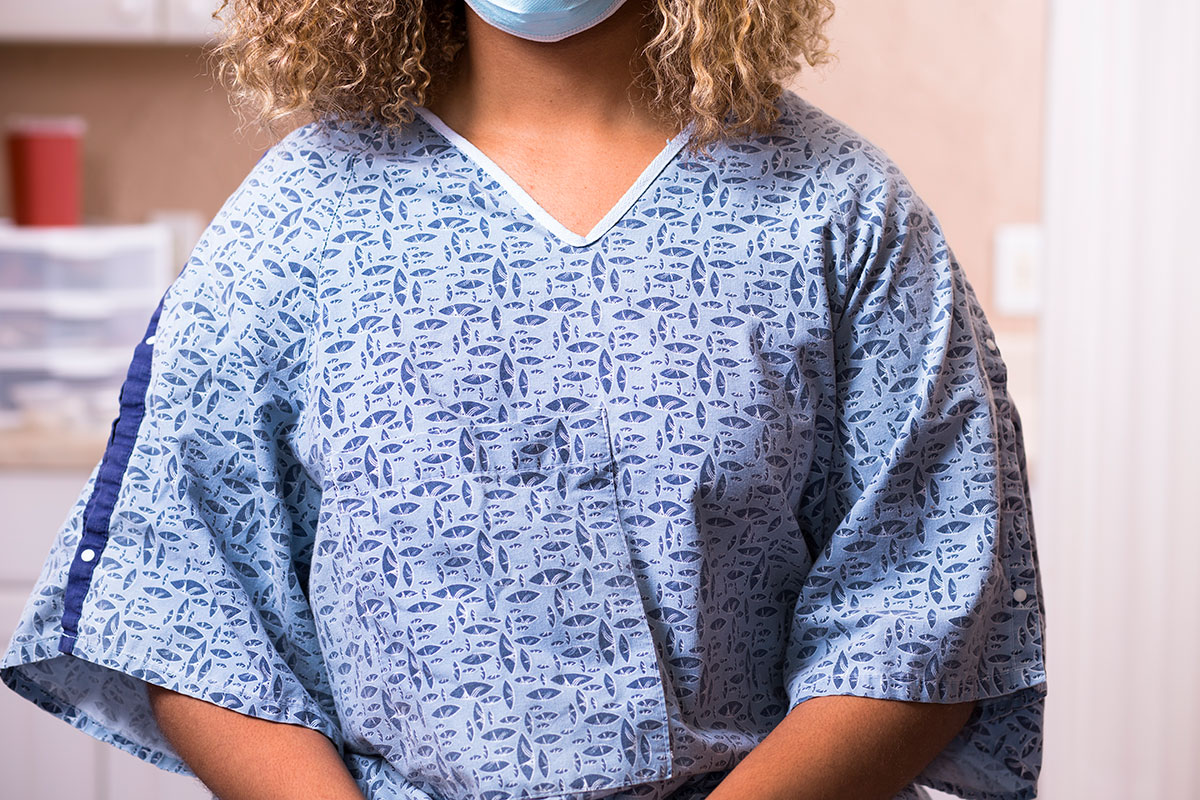
Popular Locations
- Yale New Haven Children's Hospital
- Yale New Haven Hospital - York Street Campus
- Yale New Haven Hospital - Saint Raphael Campus

Published October 31, 2021

Mammograms help save lives by detecting breast cancer early. They can reduce the risk of dying from breast cancer by up to 40%.
The American College of Radiology and Society of Breast Imaging recommend women get an annual mammogram starting at age 40. Even though most patients know the benefits, they may still be nervous about getting one.
Radiologist Reni Butler, MD, said most patients are “pleasantly surprised” after getting their first mammogram.
“They find it wasn’t as uncomfortable as they had worried it might be,” she said.
Before a mammogram, patients should avoid deodorant. If they have any breast tenderness, they may want to consider scheduling their appointment during a time of the month when they are less tender. Otherwise, patients can consider taking some Tylenol before their appointment.
If patients recently got their COVID-19 vaccine, they may want to consider waiting about a month before getting their mammogram. However, if patients have any concerns like a lump, they should come in right away.
So what should patients expect during the mammogram? The receptionist greets the patient before the patient goes to a changing area. A specialized mammography technologist will review the patient’s history sheet and explain the process. Then while wearing gloves, the technologist places each breast on a platform one at a time and applies compression before taking two photos of each breast.
Compression is essential in order to obtain the high quality images that detect early cancers. Technologist Maria Gumkowski, RTR, said the mammogram should feel “tight but tolerable.”
“We always go slow and check to make sure they are doing OK,” she said.
The entire screening process only takes between 10 and 20 minutes.
After the mammogram, a radiologist will be looking for four main findings:
Results will be available in MyChart or mailed to the patient. At the end of each report, there is an assessment and recommendation. While some women require further analysis, that is no reason to panic.
“When a patient is getting her first mammogram, we don’t have any comparisons yet, so we might want her to come back so we can look more closely at anything we see to establish a good baseline,” Dr. Butler said. “The vast majority of women who get called back are going to come away with benign results.”